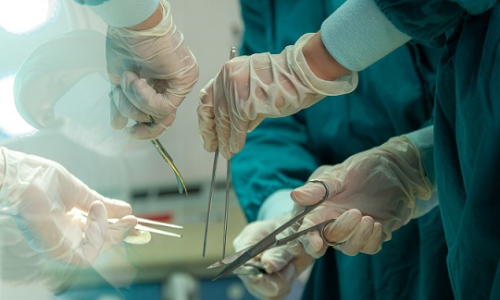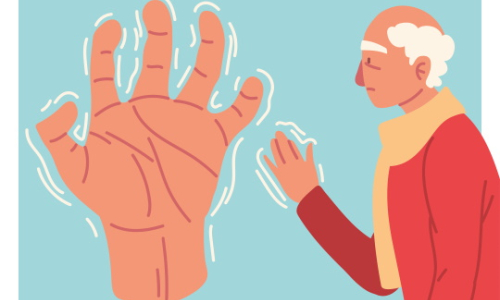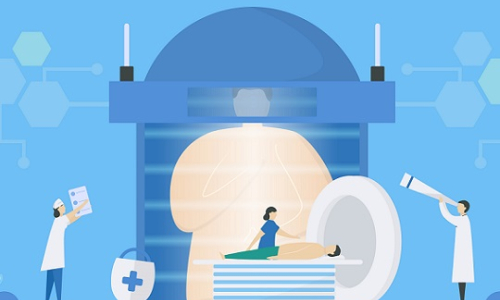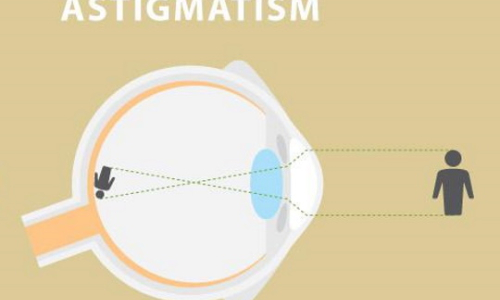The latest medical news, expert views on key health issues, as well as advice on disease prevention and management.
Blog – Page 5
Breast fibroadenoma: first signs and symptoms
Fibrocystic mastopathy: symptoms and treatment

Mastopathy is a benign disease of the mammary glands, which is accompanied by changes in the glandular breast tissue. The condition affects 50-80% of women of childbearing age, mainly from 30 to 50 years, and is manifested by cycle-dependent breast swelling and pain, ending up with the formation of nodes and cysts.






